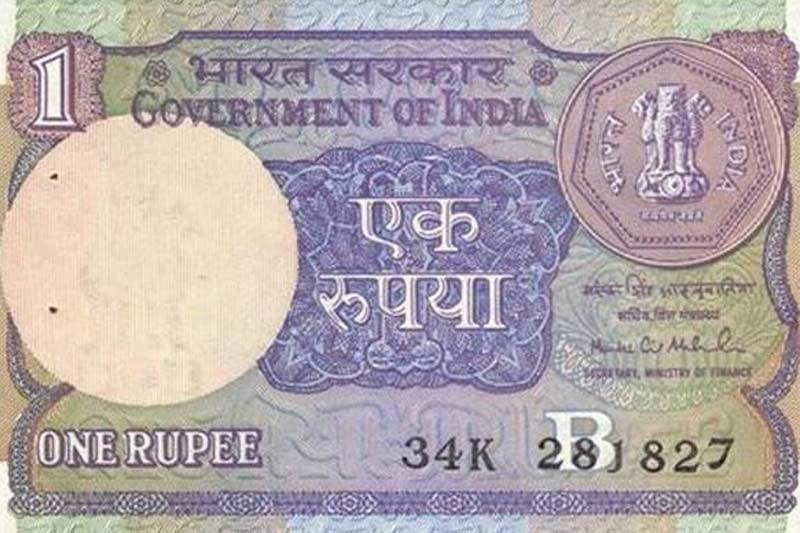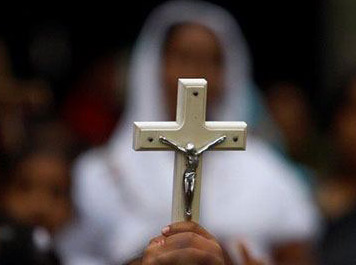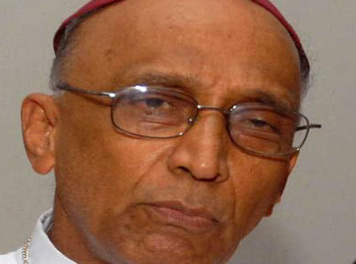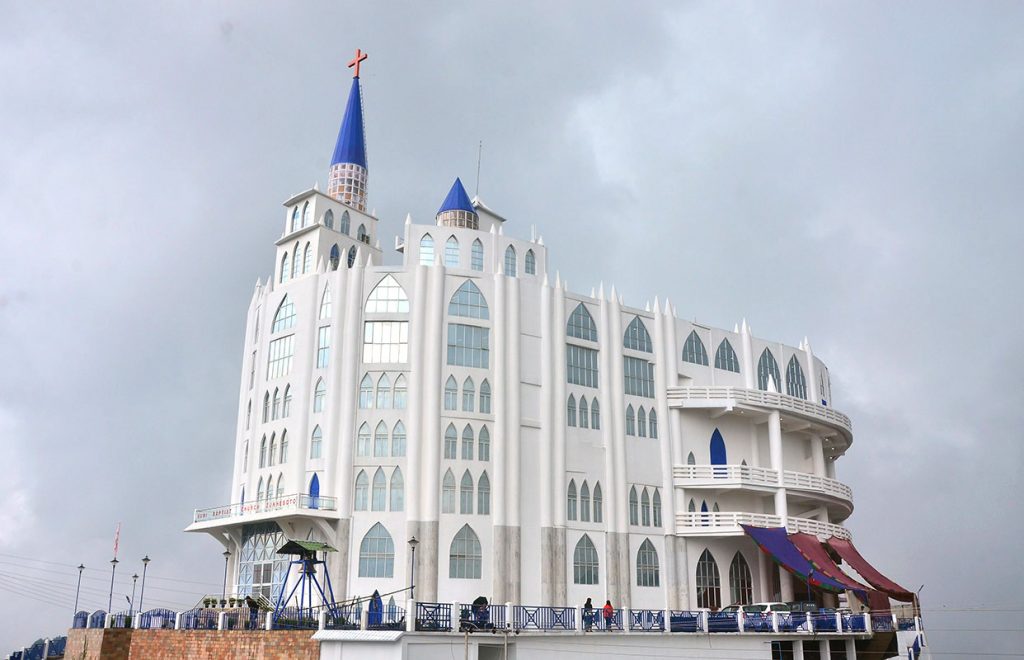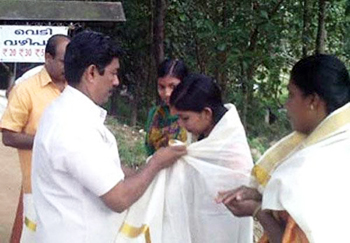 Today is a landmark day in the history of the banking system as the iconic one-rupee note completes 100 years. In the last 100 years, the Rs 1 note has traveled through a glorious historical journey.
Today is a landmark day in the history of the banking system as the iconic one-rupee note completes 100 years. In the last 100 years, the Rs 1 note has traveled through a glorious historical journey.
The first one rupee note was introduced on November 30, 1917. It was printed in England and depicted a silver coin image of King George V on the left corner. The history of Rs 1 note can be traced in the World War I where the inability to mint coins forced the then colonial authorities to shift to printing Re 1 notes in 1917.
Reports state that since 1917 to 2017, there have been 125 different One Rupee notes that have been issued for circulation with different serial numbers and signatures. As per RBI details, the issuance of Rs 1 note was discontinued first in 1926 on “cost-benefit considerations” but it got reintroduced in 1940, only to be discontinued in 1994 again. It then got back again in 2015.
Here’s are some interesting facts about the Rs 1 note:
The first one rupee note was introduced on November 30, 1917
There have been 125 different One Rupee notes that have been issued for circulation since 1917 to 2017
The Rs 1 note issued by the Government of India and not the Reserve Bank
The first note had the signature of three British finance secretaries-MMS Gubbay, AC McWatters and H Denning.
The history of Rs 1 note can be traced in the World War I where the inability to mint coins forced the then colonial authorities to shift to printing Re 1 notes in 1917.
In the past 100 years of its historic journey, the design of the One Rupee note has changed 28 times.
The Re 1 note is the only ‘currency note’ or an asset, and not a ‘promissory note’, which is a liability
The One Rupee note of the Republic of India has in total 21 Signatories till date across various time intervals.
Again, unlike other banknotes, the Re 1 note is not signed by the RBI governor, but by the finance secretary.
As per RBI, currency notes in the Re 1 denomination have been printed and will soon be put into circulation and shall be predominantly pink-green on both sides.
Girish Veera, a veteran collector from Dadar, central Mumbai was quoted by PTI saying, “The major overhauls happened in 1940 when the British changed the features, including halving its size, and in 1949 when the government replaced British symbols with official ones of the newly-formed Republic and the last in 2016, with the reintroduction of the note in the current form”.
To commemorate 100 years of Rs 1 note, a four-day national philatelic exhibition has been scheduled at the World Trade Center from Thursday. At INPEX- 2017, Mintageworld, an online museum for stamps, coins and currency notes, is commemorating the occasion by gifting a memento to each visitor.
In May this year, the RBI had announced that it would soon begin the circulation of the one rupee notes with a multicoloured look. “The Reserve Bank of India will soon put into circulation currency notes in one rupee denomination,” an RBI release stated. “The colour of One Rupee currency note shall be predominantly pink-green on obverse and reverse in combination with others,” it added. India.com



